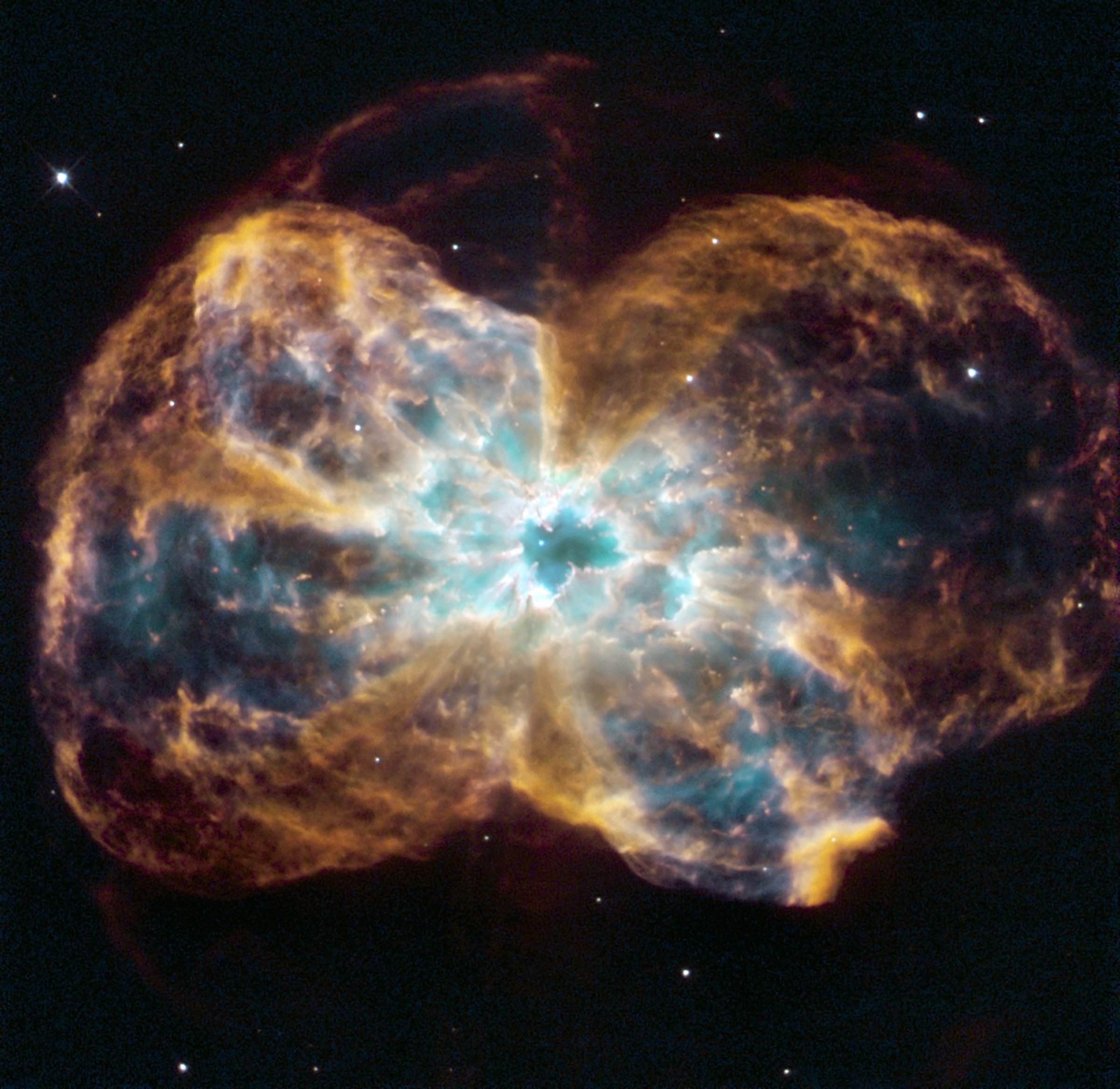
Astrobiologists have come up with two basic ideas for how to find life on planets outside the solar system. The first is to look for telltale gases in exoplanets’ atmospheres, such as oxygen and methane, that would suggest the presence of some rudimentary life form, like bacteria. The second involves searching for radio or laser signals from some advanced alien civilizations—a longer shot, since the signals would have to be beamed in our direction — and who knows if aliens use lasers or radio?
But now a team of Harvard astronomers has come up with a third way: look for atmospheric gases generated not by biological processes, but by alien factories.
“I was very surprised,” says Avi Loeb, chair of Harvard’s astrophysics department and a co-author of a paper describing the technique, “that nobody has thought before about searching for industrial air pollution.”
It’s probably less surprising to others: Loeb is something of a master at asking nutty-sounding questions, then demonstrating that they’re not nearly as nutty as you might think. He co-authored one paper, for example, on how to look for cities on Pluto, and another on why it makes sense to look for habitable planets orbiting dead stars.
This latest effort is no exception. “It’s not crazy, at least as far as I can tell,” says Heather Knutson, a Caltech astronomer who specializes in looking at exoplanetary atmospheres, and who wasn’t involved in this research. “Avi in particular is willing to speculate on some pretty far-out topics, but no one doubts his ability to calculate the relevant physical models correctly.”
In this case, the relevant models involve chlorofluorocarbons, or CFC’s, the chemicals used in refrigerators and air conditioners. Unlike oxygen and methane, which occur naturally, CFC’s are almost entirely artificial. If an Earth-size planet had just ten times the atmospheric concentration of CFC’s that Earth does, Loeb and his co-authors, Harvard freshman Henry Lin and Smithsonian Observatory scientist Gonzalo Gonzalez Abad found, the gases could be detected with the powerful James Webb Space Telescope, slated for launch in 2018.
There are, Loeb admits, a couple of catches. First, the Webb can only pull this off if a planet in question orbits a white dwarf star—the tiny, white-hot ember left behind when a star like the Sun dies. That’s because the CFCs’ signature would appear as a distortion of starlight passing through the planet’s atmosphere. If the star is much bigger than the planet, most of the light hitting the telescope would bypass the planet entirely, and the distortion would be lost in the glare.
Another issue is that high concentrations of CFC’s might signal a civilization that has already managed to destroy itself. Some of these gases attack and destroy a planet’s protective ozone layer, which is why, here on Earth, the worst offenders were banned in 1987.
But it’s also possible that an alien civilization would have pumped its atmosphere full of CFC’s on purpose, says Loeb. “They act as greenhouse gases,” he says, “so if a planet were at the colder edge of its habitable zone, you could imagine using CFC’s to warm things up.” As for the ozone problem, he says, “they could in principle produce extra ozone as well, or design CFC’s that were less harmful.”
As with many of Loeb’s more speculative ideas, he’s not predicting that we’ll actually find CFC-laced exoplanets—just that we could if they happen to exist, and happen to orbit white-dwarf stars.
The odds of discovery via this method are probably very long. But as physicists Philip Morrison and Giuseppe Cocconi once said of the search for alien radio signals, “The probability of success is difficult to estimate, but if we never search, the chance of success is zero.”
More Must-Reads from TIME
- Cybersecurity Experts Are Sounding the Alarm on DOGE
- Meet the 2025 Women of the Year
- The Harsh Truth About Disability Inclusion
- Why Do More Young Adults Have Cancer?
- Colman Domingo Leads With Radical Love
- How to Get Better at Doing Things Alone
- Michelle Zauner Stares Down the Darkness
Contact us at letters@time.com